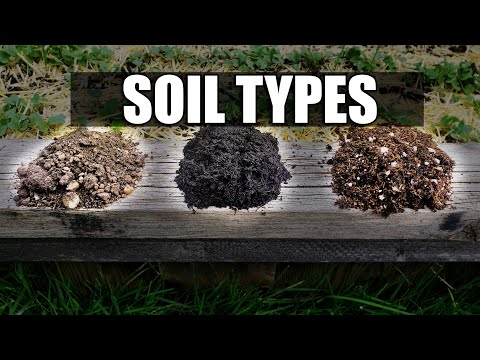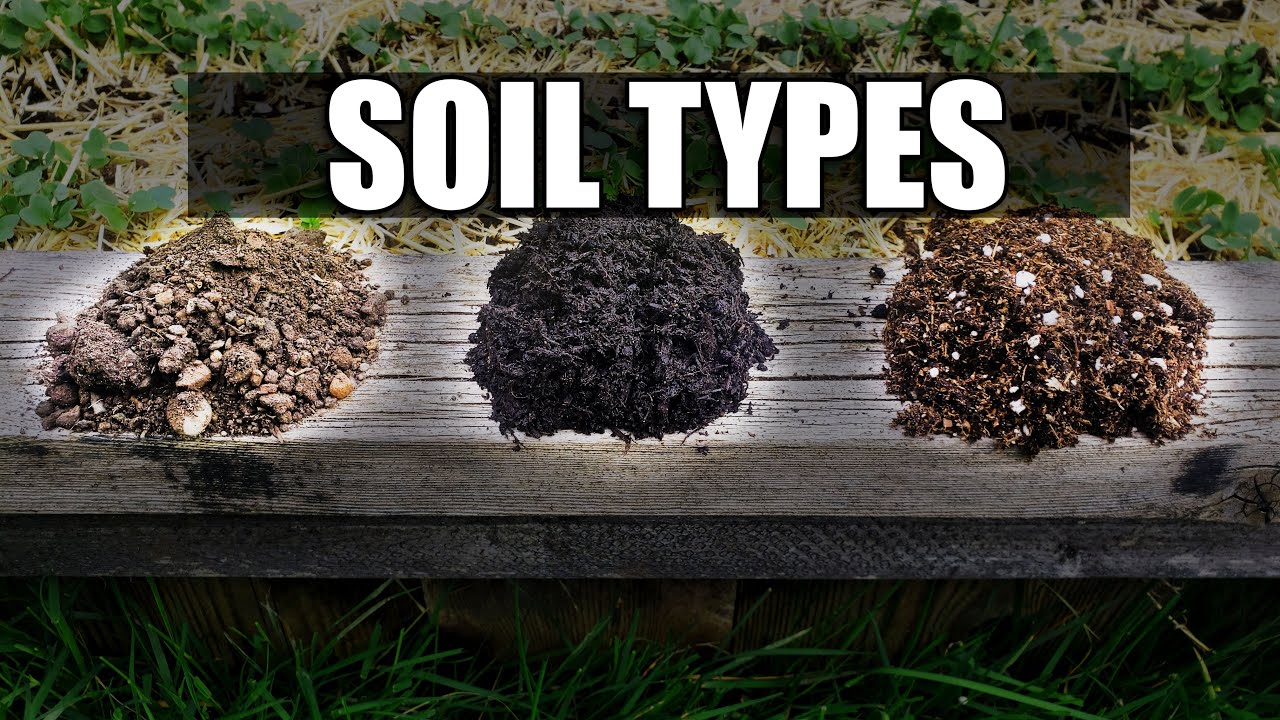Top soil is the foundation of a healthy and thriving garden or landscape. It is the uppermost layer of soil, rich in essential nutrients and organic matter, that supports the growth of plants and provides them with the necessary elements for development. This nutrient-dense soil is composed of a balanced mixture of minerals, organic matter, and microorganisms that work together to create an optimal environment for plant roots to spread and absorb water and nutrients. Top soil plays a crucial role in retaining moisture, preventing erosion, and promoting healthy root development, ultimately leading to robust and vibrant plants. Whether you are an experienced gardener or just starting out, understanding the importance of top soil and its composition is key to achieving successful and bountiful growth in your garden. By investing in high-quality top soil, you are ensuring that your plants have access to the necessary nutrients and conditions for optimal growth. So, don’t underestimate the power of top soil – it is the secret ingredient to creating a lush and beautiful landscape that will make your neighbors green with envy.

Top Soil: An Essential Ingredient for Healthy Plants
| Property | Description |
|---|---|
| Composition | Top soil is the uppermost layer of soil, typically around 5 to 10 inches thick, which contains a mixture of organic matter, minerals, water, and air. It is formed through the natural processes of weathering and decomposition over thousands of years. |
| Nutrient-rich | One of the key characteristics of top soil is its high nutrient content. It harbors a broad spectrum of essential nutrients such as nitrogen, phosphorus, potassium, and trace elements like iron, calcium, and magnesium. These nutrients are vital for the growth and development of plants, ensuring their optimal health. |
| Moisture Retention | Top soil possesses excellent moisture retention capacity, allowing it to hold water while also draining excess moisture. This optimal balance is crucial for plants as it prevents waterlogged conditions that can lead to root rot, while also ensuring a steady supply of water during dry periods. |
| Soil Structure | Top soil plays a fundamental role in building and maintaining soil structure. It provides a loose and crumbly texture, allowing plant roots to penetrate easily and access nutrients, water, and oxygen. Additionally, the presence of organic matter in the top soil promotes the formation of aggregates, enhancing soil porosity and aeration. |
| Biodiversity Support | Top soil is a hub of diverse microbial life, including bacteria, fungi, and other microorganisms. These microscopic inhabitants contribute to the decomposition of organic matter, nutrient recycling, and the formation of symbiotic relationships with plants. Their presence in top soil creates a thriving ecosystem that facilitates healthy plant growth. |
| Erosion Prevention | Due to its physical properties and rich organic content, top soil acts as a natural barrier against soil erosion. It prevents the loss of fertile soil through wind or water forces, ensuring the preservation of valuable nutrients and the stability of the ecosystem. |
“Unveiling the Dirt Secrets: Topsoil, Garden Soil, Potting Soil Demystified”
The Importance of Top Soil for Healthy Plant Growth
Top soil is a vital component of the Earth’s ecosystem, playing a crucial role in supporting plant growth and sustaining life on our planet. It is the uppermost layer of soil, typically ranging from 2 to 8 inches in thickness, that contains a high concentration of organic matter and nutrients. In this article, we will delve deeper into the characteristics, composition, and significance of top soil.
1. Characteristics of Top Soil
Top soil is characterized by its rich dark color, which is an indication of its high organic matter content. This organic matter is derived from decaying plant and animal material, and it provides essential nutrients and minerals for plant growth. Additionally, top soil is typically loose and crumbly, allowing for easy root penetration and water absorption.
The texture of top soil can vary depending on its composition. It can be sandy, loamy, or clayey, with loamy soil being the most desirable due to its balanced mixture of sand, silt, and clay particles. This type of soil retains moisture while also allowing for adequate drainage, making it ideal for plant growth.
2. Composition of Top Soil
The composition of top soil is a complex blend of minerals, organic matter, air, water, and living organisms. The mineral component primarily consists of weathered rocks and minerals, such as sand, silt, and clay. These particles provide the soil with its texture and affect its ability to retain moisture and nutrients.
Organic matter, such as decomposed plant and animal material, is another crucial component of top soil. It serves as a source of nutrients and helps improve soil structure by enhancing its ability to retain moisture and resist erosion. The decomposition of organic matter also releases carbon dioxide and other gases into the atmosphere, contributing to the global carbon cycle.
3. Nutrient-Rich Soil for Healthy Plant Growth
Top soil is a treasure trove of essential nutrients that plants require for their growth and development. These nutrients include nitrogen, phosphorus, potassium, calcium, magnesium, and various micronutrients. Plants obtain these nutrients through their roots, and a healthy top soil ensures an adequate supply.
In addition to nutrients, top soil also provides plants with a stable environment for root growth. The loose structure of top soil allows roots to penetrate easily, anchoring the plant securely and enabling it to access water and nutrients. Moreover, the organic matter in top soil acts as a sponge, holding water and releasing it slowly to plants, preventing both waterlogging and drought stress.
4. Erosion Threats to Top Soil
Erosion is a significant threat to top soil, causing its depletion and degradation. Factors such as wind, water, and human activities can accelerate erosion, leading to the loss of this precious resource. When top soil erodes, the underlying subsoil becomes exposed, which is often less fertile and lacks the necessary organic matter and nutrients for healthy plant growth.
Preventing erosion is essential for preserving top soil. Implementing erosion control measures, such as planting cover crops, establishing windbreaks, and terracing slopes, can help protect top soil from being washed or blown away. Conserving top soil is not only crucial for agriculture but also for maintaining ecological balance and preventing the loss of biodiversity.
5. Maintaining and Improving Top Soil Quality
Maintaining and improving top soil quality is essential for sustainable agriculture and healthy plant growth. Practices such as crop rotation, the use of organic fertilizers, and the addition of compost or manure can help replenish nutrient levels in top soil. These practices also enhance soil structure, improve water retention, and promote the growth of beneficial soil organisms.
Furthermore, avoiding overuse of chemical fertilizers and pesticides is crucial to prevent soil degradation and contamination. These substances can harm soil microorganisms and beneficial insects, disrupting the delicate balance of the ecosystem. Adopting sustainable farming practices, such as agroforestry and no-till farming, can help preserve top soil and promote environmental sustainability.
In Conclusion
Top soil is a remarkable resource that sustains life on Earth. Its rich composition of organic matter, minerals, air, water, and living organisms provides plants with the essential nutrients and a conducive environment for healthy growth. Protecting and nurturing top soil is vital for ensuring sustainable agriculture, preserving biodiversity, and maintaining ecological balance for generations to come.

